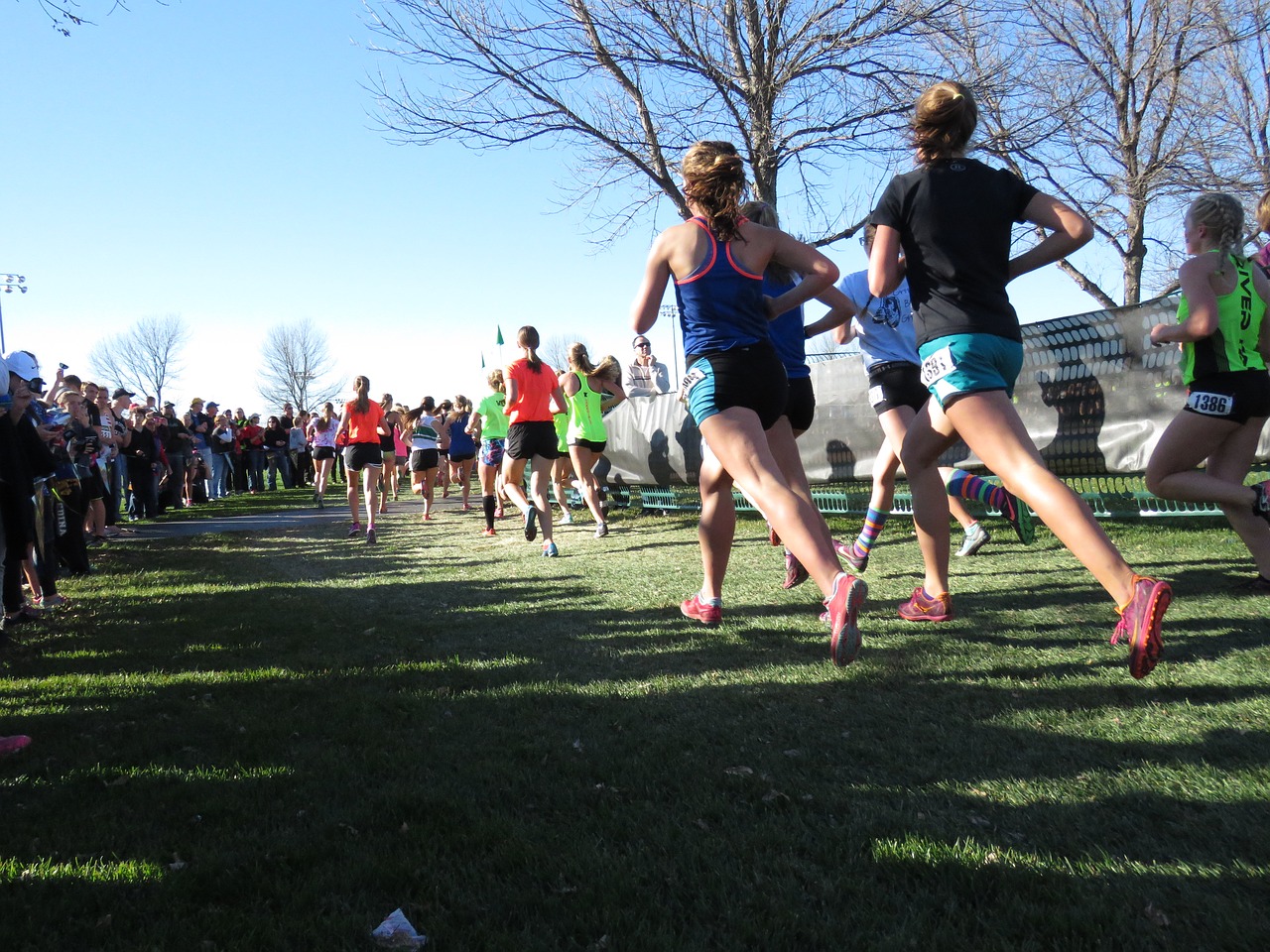Reducing your training volume before an important race is a proven way to improve performance race day. Fitness gains from training take 3-6 weeks to see, so you won’t benefit from any hard workouts in those last few weeks. A great taper will maintain your current fitness and allow your body to recover for that last hard bout. Read on to learn how to taper for a big race.
How to Taper for a Big Race
What is tapering?
Tapering is a training workload reduction in preparation for a race. You can taper for a race of any distance, 5Ks to ultra-marathons.
4 physiological benefits of the taper (source: Runner’s World)
- Muscle glycogen stores return to peak levels
- Metabolic enzymes, antioxidants, and various hormones return to their ideal ranges
- Muscle and connective tissues are repaired and strengthened
- Immune system improves
Should I taper for all my races?
Reserve the taper for only a few races a year.
If you race often, tapering will interfere with the time you have available for hard workouts. Categorize your races into “key” races and “tune-up” races. If you desire, you can rest for a few days before a tune-up race. Taper for key races where you want to culminate your training and run at your peak.
How long is a taper?
For 5K and 10k: ~3 days
Half marathon: 1-2 weeks
Marathon/Ultra: 2-3 weeks

How to Taper for a Big Race: The Basics
For marathons, your longest run will be right before the taper begins. During the taper, run the same days and do your same race-specific workouts, but gradually reduce the mileage. 3 weeks out, you could do 80-90% of your weekly volume. 2 weeks out, 50-60% of your weekly volume. And the week of the marathon dropping down to 20-30%, not including the marathon.
For a 2 week taper (for marathons or half marathons), you might consider dropping your weekly mileage to 60% and 30%, respectively.
For example, I’m using Hal Higdon’s Marathon Intermediate 1 Plan this year which has a 3 week taper.
Mileage peaked at 43 miles with a 20 mile long run.
Looking at weekly volume, week 16 is 74% of week 15. Week 17 is 56%. And Week 18 is 21%. Likewise, the long run dropped to 60% and 40%.
I imagine Hal Higdon’s tapers are pretty drastic because his free plans are designed for the masses and frequently used by novice runners.

Speed sessions and cross-training
Your last hard speed session should be 5 or 10 days before a race. Remember you can’t gain fitness, but you can tire yourself.
If you were doing goal pace runs, continue running them but shorten them and/or add rest intervals to allow your legs and body to “remember” how the pace feels without tiring it. Marathon pace shouldn’t feel that strenuous, but 5K pace should be done in short bursts.
Reduce or remove strength training and cross-training.
Nutritional preparation
Even though you aren’t running as many miles, your body still needs good food to rebuild and strengthen muscles and do all those other benefits listed above.
If you’re running a long race, topping off your fluids and glycogen stores will also be important. It is common to gain a couple of pounds during the tapering process.

Mental preparation
You can mentally prepare during the taper, too. This is a time to go over race-day strategies, visualization, and ready yourself for the big day.
I also think the taper itself requires some mental preparation. At times during the taper, your legs will feel heavy, slow, and sad. You will feel fat, lazy, and a little stir-crazy.
“What do you mean I only run 8 miles on Sunday? What will I do for the rest of the day?!!”
I actually have a mantra to get through tapering: “Trust the Taper”.
When I’m tempted to run too fast because the mileage is low – I remind myself to “trust the taper”. On the other side of the coin, when I’m tempted to reach for a third beer or order pizza, I remind myself that the taper isn’t an excuse to undo all my fitness.
Trust the taper.
3 Mistakes I’ve made in tapering
- Over-doing it. If you have a pain, consider resting instead of pushing through and bringing that injury with you to race day. Here are a couple of stories of people resting through the taper and winning on race day. Don’t try out Yasso 800s or some other workout new to you during a taper.
- Going too fast. When the prescribed run is only 3 miles and a cold front moves in, I want to blast through those 3 miles! And it feels so good at the time. But then the next day, I realize I turned an easy run into a workout that requires a recovery.
- Not maintaining leg speed. It’s important to give your legs a rest, but also have a few workouts toward the end that tune-up or jump-start your legs. Some goal pace intervals, strides, or a fartlek run will do wonders for your muscle memory and sanity.

Share on social media!
Further reading:
- Training Peaks: 4 Steps to Your Perfect Marathon Taper
- Runner’s World: Benefits of tapering and how to handle cross-training
- Runners Connect: Avoiding too much rest, some goal pace workouts, and thoughts on weight gain






ModernTrend Online – Neatly arranged listings with fast loading and easy category access.